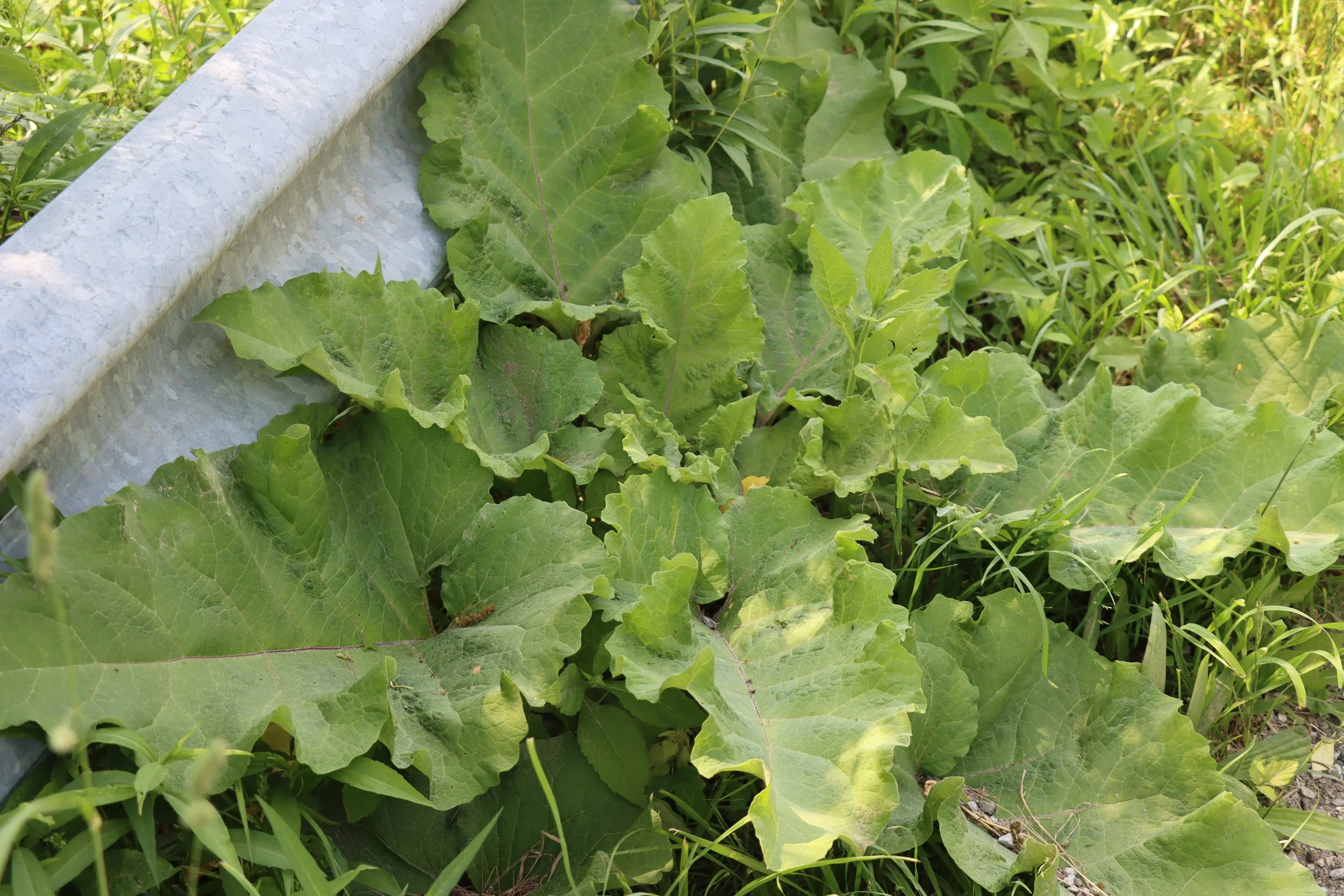A trip to your vegetable garden, local farmer’s market, or grocery store will give you the nutrition you need if you are eating properly and absorbing those nutrients the way your body should. However, did you know you can get completely free and highly nutritious food in your local area? Just visit your backyard, local woods, open meadows, streambanks, or wetlands to get all the nutrition your body needs. Proper identification is a necessity before foraging in the wild. There are many look-a-likes in the plant world that the novice hunter needs to be aware of before embarking on this adventure. You can get educated by books, local herb walks, videos, or the internet. Also, be aware of plants that might be on the At-Risk list of the United Plant Savers using this link United Plant Saver's At-Risk list. It is important as a forager to be aware of the continuation of our sources of food.
There are also common sense “harvesting rules” that should be followed such as:
Only take what you need
Only take 1/3 of a plant
Only take 1/3 of a group of plants
Learn to harvest from a plant correctly and at the right time
Ask permission to harvest from land that is not yours
Dandelion
Once Spring arrives, we are gifted with many tonics consisting of nettles, dandelions, violet leaves and flowers, chickweed, purple dead nettle, hairy bittercress, and many others. They are considered Spring tonics due to the high amounts of vitamins and minerals to supplement the lack of nutritious food in the winter. This is a time of replenishment, detoxification, and strengthening of our bodies. We get back to more exercise with more energy needed. We need the nourishment and the movement of fluid; as well as, the elimination of unwanted substances in our body. Spring tonics in my area include chickweed, dandelion, nettles, violet leaves and flowers, garlic mustard leaves, wild onions, purple dead nettle, and many others. I include them in salads, smoothies, pesto, condiments, and side dishes.
Rubus spp.
Summer is a time for cooling nutritious flowers, leaves, and fruit. Many of these herbs can be used in cooling drinks, popsicles, salads, smoothies, alone, or as condiments. Where we need warming food to comfort and fill us in the Winter; we only need food that is cooling, light and quick . This is due to the extra outside work and higher temperatures. Our bodies need to cool down, but we still need the extra sustenance provided. You can make herbal waters, teas, butter, dips, sauces, chutney, cold soup, or casseroles with the plants growing wild near you. Look for black raspberry, blueberries, Red clover, wild bergamot, wild grape, wood sorrel, and purslane among others. I met Dina Falconi at a conference when she first came out with her book, “Foraging & Feasting, A Field Guide and Wild Food Cookbook”. I love the great recipes she includes along with colorful pictures to break down key identification for each wild plant. I have been a fan of foraging and trying new recipes ever since!
Burdock
Fall gives us the fruit of our labor, but also nutritious roots in the wild. Once the weather starts dropping in temperature and the first frost arrives, plants reserve their energy and nutrition to sustain themselves through the winter in their root system. Not only that, there are many nutrient berries and seeds ready for harvesting at this time. Burdock root (also called Gobo) is a delicious root to cook with in soup, stews, or sautéing. Look for elderberries, rose hips, or hawthorn berries, to add to your teas, syrups, jellies, and other desserts. Amaranth seeds are ready for collection as a grain at this time as well.
The list is endless for harvesting our own food that is free of charge and highly nutritious. You just need to look a little further than your own vegetable garden. There might be local classes in your area, or others near you that are knowledgeable in foraging. You can always get started with books the way I did! Your food can also be your medicine! I recently joined Herbal Radio Podcast from Mountain Rose Herbs with Jiling to talk about Food as Medicine with a wonderful group of herbalists. Click here to enjoy our discussion Tea Talk Food as Medicine



